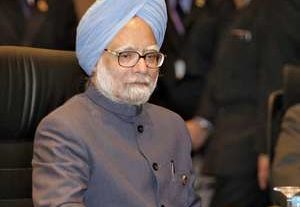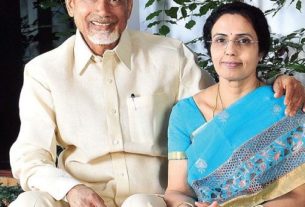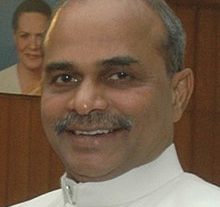By: Fatima Hasan
After back-to-back protests on many of its legislative bills, the Central government’s recent announcement on extending OBC reservations to All India Quota (AIQ) for medical courses in undergraduate and post graduate courses has received positive response from the people and experts alike. It was a very long pending move. The OBC reservation was provided in 1993 in public employment and thereafter in educational institutions. Since 2007, on the Supreme Court’s direction, the benefit was only applied to 27 percent OBC seats in central institutions but not in AIQ states’ seats. However, now with this decision, the OBC students from all over India can compete for seats in any State through AIQ quota.
To reason out as to what trigged this move by the government, one can guess that it is meant to pacify the backward classes who are apparently influenced by the farmers’ protests. The move can also be seen as a tactic for wooing the voters in the upcoming elections in States of Karnataka, Uttar Pradesh and Uttarakhand where the BC population is more.
According to the official figures,179 new medical colleges, coupled with an increase of 80 percent MBBS seats and 50 percent PG seats, lead to additional opportunities for students all over India. With this data in hand, the government has claimed that the decision would help 1,500 OBC students in MBBS and 2,500 students in PG seats. Also, the 10 percent EWS quota will provide seats to 550 students in MBBS and 1,000 students in PG courses.
The Constitution of India states in Article 15(4): “Nothing in [article 15] or in clause (2) of article 29 shall prevent the State from making any special provision for the advancement of any socially and educationally backward classes of citizens of or for the Scheduled Castes and the Scheduled Tribes.” And, now, Economically Weaker Sections are also recognized in it.
Until last year, there were debates for discontinuing the reservation system as it was originally meant for 50 years from the commencement of the Constitution. This decision overturns all such debates and affirms the notion that India still needs quota system. In this context, some of the possible consequences of the move can be evaluated.
This AIQ quota only applies to public colleges and not private institutions and so only those students looking for Government colleges will get benefited. It is to be noted is that all seats in private colleges are filled on the basis of NEET All India Ranks and all categories of students are accommodated irrespective of their caste.
Hence, the non-reserved categories who can afford the private colleges will not get affected much but they will have to get a good score in entrance exam. The AIQ will open more seats for the backward students but at the same time, there needs to be more colleges in place for higher intake. It helps the OBC students to aspire for top-rated colleges and study in different States of their choice. Even if a student does not get into MBBS they can go for BDS or MDS for higher medical education by availing the reservation.
What about the job opportunities?
The perks of this move do not end here as it brings with it the reservations for landing government jobs. The reservation for OBCs in AIQ in medical education also opens the room for the graduates and post graduates to seek government jobs once they finish their courses. Moreover, the students get qualified for jobs anywhere in India. They can get jobs in both public and private sector in the medical field.
From a long point of view, this move can be taken as a cue for allowing new reservation in other steams and also for other quotas. The 50 percent ceiling on reservation is also be increased by another 10 percent for the Economically Weaker Sections among the forward castes with supernumerary seats. The cap of 50:50 for backward and advanced classes respectively will balance the social justice paradigm.


